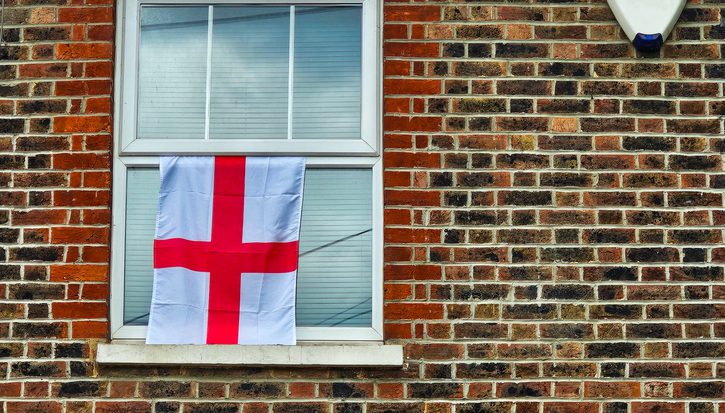An equal exit? The distributional consequences of leaving the EU
Article
The UK’s vote to leave the EU arose in part from deep social and geographical divides across the country. But could the decision to leave in turn impact on inequalities?
In the two years since the referendum, some have argued that Brexit could boost the incomes of poorer groups through cheaper food prices, while others have argued that the most vulnerable groups and regions would bear the greatest burden of a ‘hard’ Brexit.
Based on data on GVA impacts and price impacts, this briefing tests these claims and explores how the effects on trade of Brexit could influence inequalities across income groups, geographies, genders and ethnicities.
Related items

Reclaiming Britain: The nation against ethno-nationalism
How can progressives respond to the increasing ethnonationalist narratives of the political right?
Rule of the market: How to lower UK borrowing costs
The UK is paying a premium on its borrowing costs that ‘economic fundamentals’, such as the sustainability of its public finances, cannot fully explain.
Restoring security: Understanding the effects of removing the two-child limit across the UK
The government’s decision to lift the two-child limit marks one of the most significant changes to the social security system in a decade.